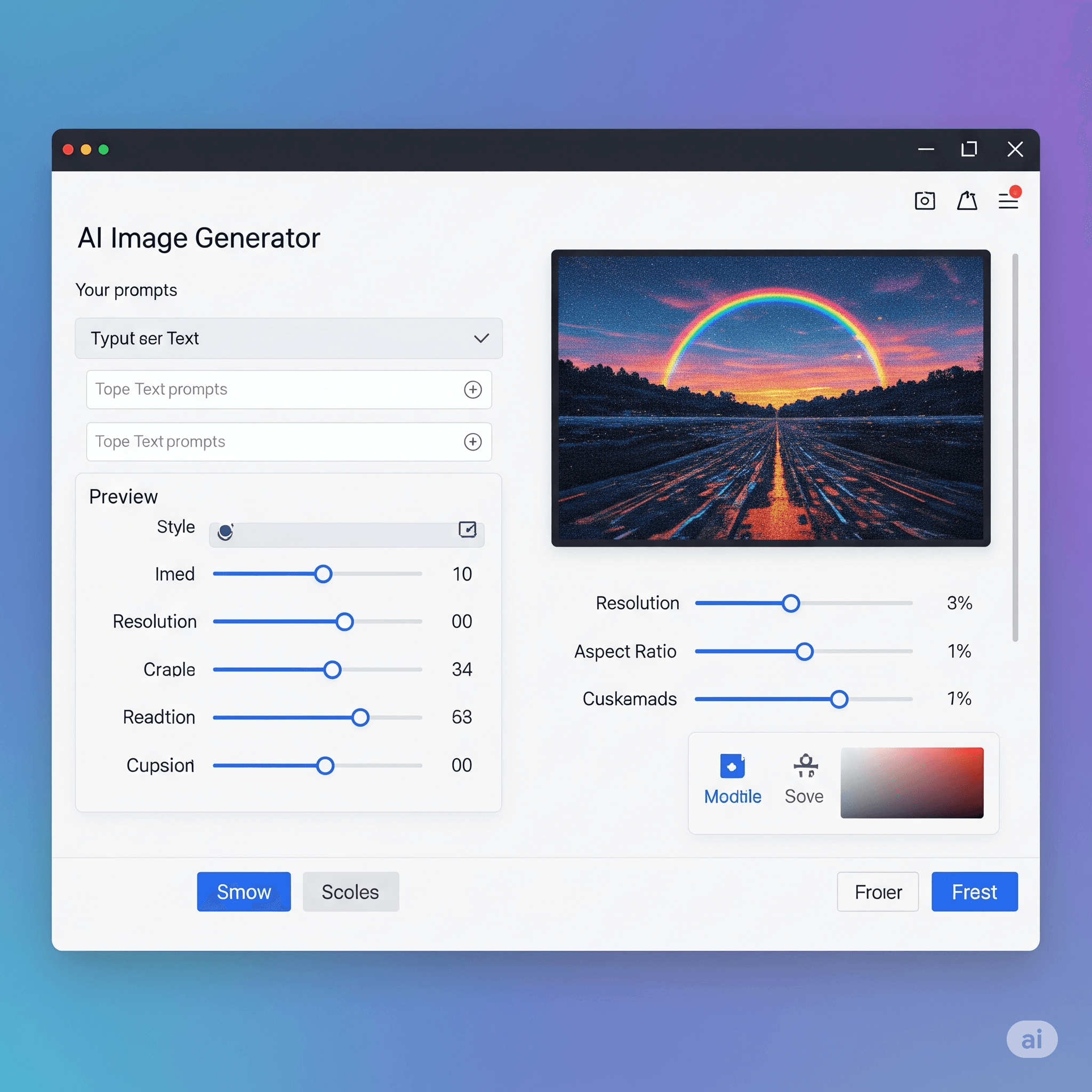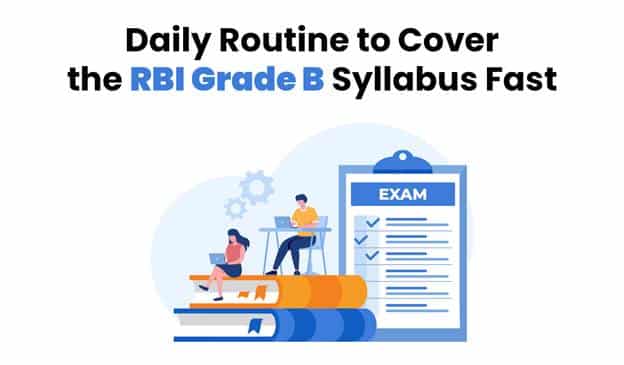Question: The ___________ treated the two signals of congestion, timeout and arrival of three duplicate ACKs, differently.
Answer:
- The Reno TCP treated the two signals of congestion, timeout and arrival of three duplicate ACKs, differently.
- In Reno TCP, when a packet is lost due to congestion, the sender enters the fast retransmit and fast recovery mode. This mode is triggered by the arrival of three duplicate ACKs from the receiver, which indicate that the receiver has received a packet out of order and is requesting the retransmission of the missing packet. In response, the sender immediately retransmits the lost packet and enters the fast recovery state, where it increases the congestion window size linearly for each duplicate ACK received from the receiver.
- If the sender does not receive any duplicate ACKs after retransmitting the lost packet, it assumes that the packet loss was not due to congestion and resumes normal operation with slow start and congestion avoidance. However, if the sender does receive another duplicate ACK, it assumes that congestion is still present and reduces the congestion window size to half of the slow start threshold, then resumes normal operation with slow start and congestion avoidance.
- In contrast, when a timeout occurs, Reno TCP assumes that congestion is present and reduces the congestion window size to one segment (i.e., the slow start threshold is set to 1 MSS) and enters the slow start mode.
- Overall, the different treatment of timeout and arrival of three duplicate ACKs in Reno TCP helped to improve the reliability and performance of TCP in the face of network congestion.
MCQ: The ___________ treated the two signals of congestion, timeout and arrival of three duplicate ACKs, differently.
Correct Answer:
A. Taho TCP
Explanation:
- The Reno TCP treated the two signals of congestion, timeout and arrival of three duplicate ACKs, differently.
- In Reno TCP, when a packet is lost due to congestion, the sender enters the fast retransmit and fast recovery mode. This mode is triggered by the arrival of three duplicate ACKs from the receiver, which indicate that the receiver has received a packet out of order and is requesting the retransmission of the missing packet. In response, the sender immediately retransmits the lost packet and enters the fast recovery state, where it increases the congestion window size linearly for each duplicate ACK received from the receiver.
- If the sender does not receive any duplicate ACKs after retransmitting the lost packet, it assumes that the packet loss was not due to congestion and resumes normal operation with slow start and congestion avoidance. However, if the sender does receive another duplicate ACK, it assumes that congestion is still present and reduces the congestion window size to half of the slow start threshold, then resumes normal operation with slow start and congestion avoidance.
- In contrast, when a timeout occurs, Reno TCP assumes that congestion is present and reduces the congestion window size to one segment (i.e., the slow start threshold is set to 1 MSS) and enters the slow start mode.
- Overall, the different treatment of timeout and arrival of three duplicate ACKs in Reno TCP helped to improve the reliability and performance of TCP in the face of network congestion.
Discuss a Question
Related Questions
- 1. The __________ state in Reno TCP is a state somehow between the slow start and the congestion avoidance states.
- 2. In the Reno TCP, when TCP enters the fast recovery, if duplicate ACKs continue to come, TCP ____________________________________.
- 3. In the Reno TCP, when TCP enters the fast recovery, if a timeout occurs, TCP ____________________________________.
- 4. In the Reno TCP, when TCP enters the fast recovery, if a new (non duplicate) ACK arrives TCP ____________________________________.
- 5. A later version of TCP, called ______ TCP, made an extra optimization on the _______ TCP.
- 6. In the slow start algorithm, the size of the congestion window grows ______________ until ___________________.
- 7. In the congestion avoidance algorithm, the size of the congestion window grows ______________ congestion is detected.
- 8. The congestion window size, after it passes the initial slow start state, follows a saw tooth pattern called _________________________________.
- 9. The __________________ technique is one of the open-loop congestion policy
- 10. The __________________ technique is one of the close-loop congestion policy
You may be interested in:
Computer Networking MCQs






